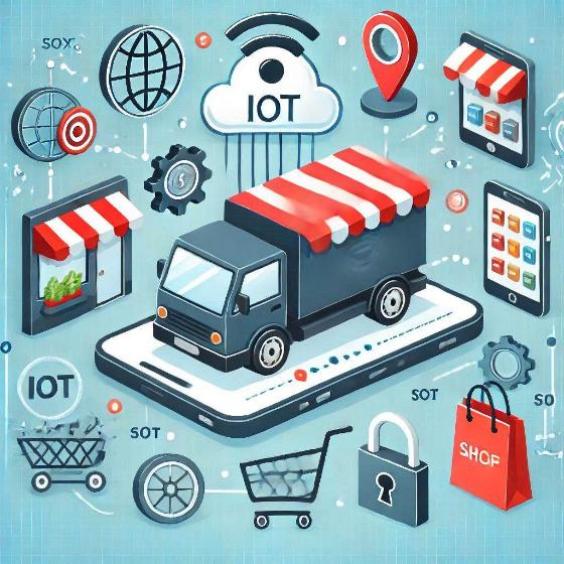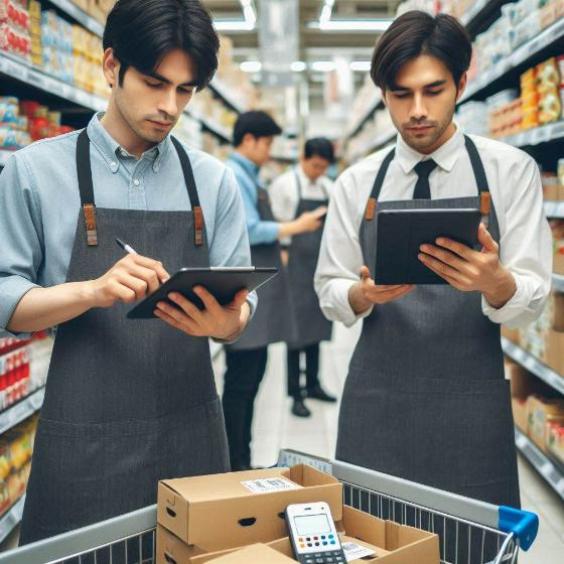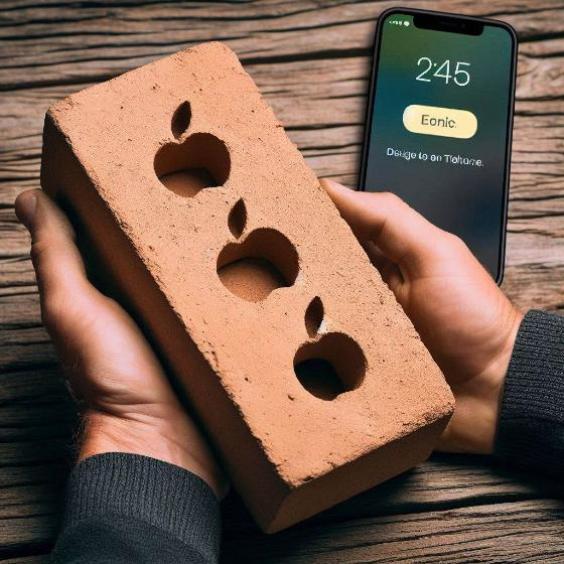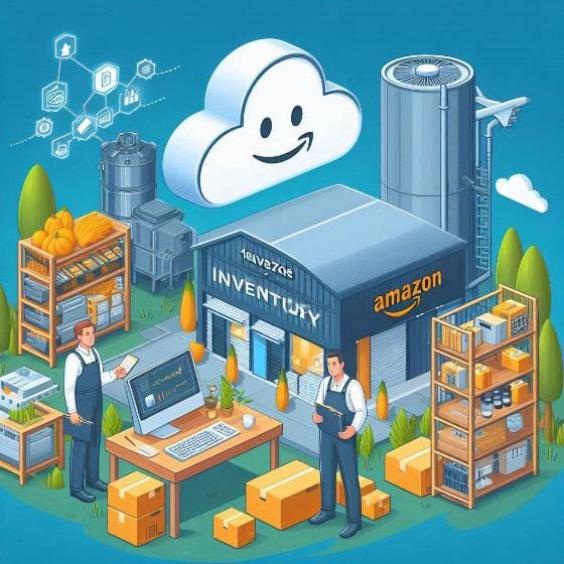How IoT Technology Is Changing the Retail Landscape
The IoT (Internet of Things) technology is revolutionizing the way retail businesses interact with their customers and manage their operations. As connectivity and artificial intelligence advance, physical and online stores are adopting IoT solutions to improve the customer experience, increase efficiency, and reduce costs.

What is IoT technology in retail?
IoT technology in retail refers to the use of connected devices and sensors to collect and analyze real-time data. These devices can include RFID tags, security cameras, motion sensors, and inventory tracking devices. The information collected is used to make informed decisions and improve the customer experience.
Benefits of IoT technology in retail
IoT technology offers several benefits for retail businesses, including:
- Improved customer experience: IoT technology allows stores to offer personalized and more interactive experiences to customers. For example, RFID tags can provide information about products and security cameras can help identify customer behavior patterns.
- Increased efficiency: IoT technology can help stores manage their inventory more efficiently. Inventory sensors can alert employees when a product is about to run out, reducing the likelihood of lost sales.
- Cost reduction: IoT technology can help stores reduce costs by automating processes and improving supply chain management. For example, inventory tracking devices can help reduce the amount of lost or damaged products.
Examples of IoT technology in retail
Some examples of IoT technology in retail include:
- RFID tags: RFID tags can be used to track inventory and provide information about products to customers.
- Smart security cameras: Smart security cameras can be used to identify customer behavior patterns and provide information about the number of customers in the store.
- Motion sensors: Motion sensors can be used to detect when a customer approaches a product and provide information about the product.
- Inventory tracking devices: Inventory tracking devices can be used to track inventory and alert employees when a product is about to run out.
Challenges and limitations of IoT technology in retail
Although IoT technology offers several benefits for retail businesses, there are also some challenges and limitations that must be considered. Some of these challenges include:
- Data security: IoT technology requires the collection and analysis of large amounts of data, which can be a challenge for data security.
- Integration with existing systems: IoT technology may require integration with existing systems, which can be a challenge for businesses with legacy systems.
- Implementation cost: Implementing IoT technology can be costly, especially for smaller businesses.
IoT technology is changing the retail landscape by offering personalized and more interactive experiences to customers, increasing efficiency, and reducing costs. Although there are some challenges and limitations to consider, IoT technology has the potential to revolutionize the way retail businesses interact with their customers and manage their operations.
Retail businesses that adopt IoT technology can expect to improve the customer experience, increase efficiency, and reduce costs. However, it is important to consider the challenges and limitations of IoT technology and carefully plan implementation to ensure that the expected benefits are achieved.





